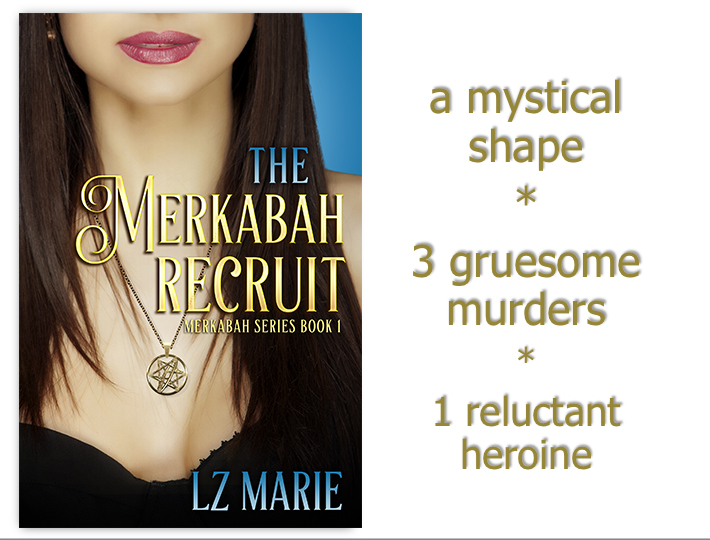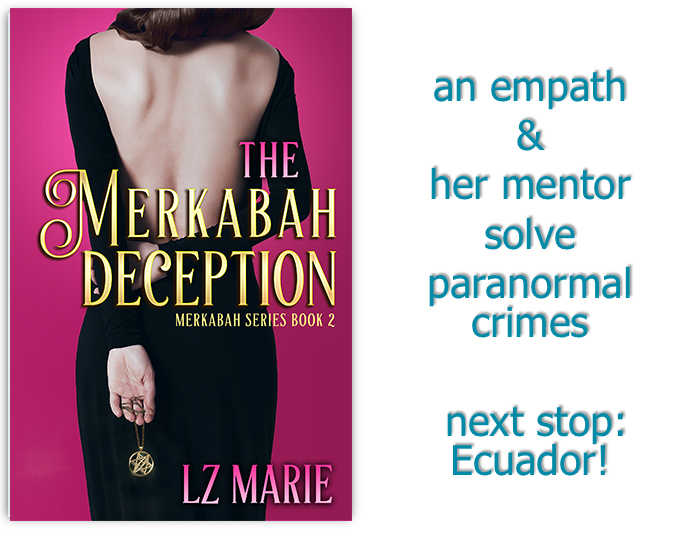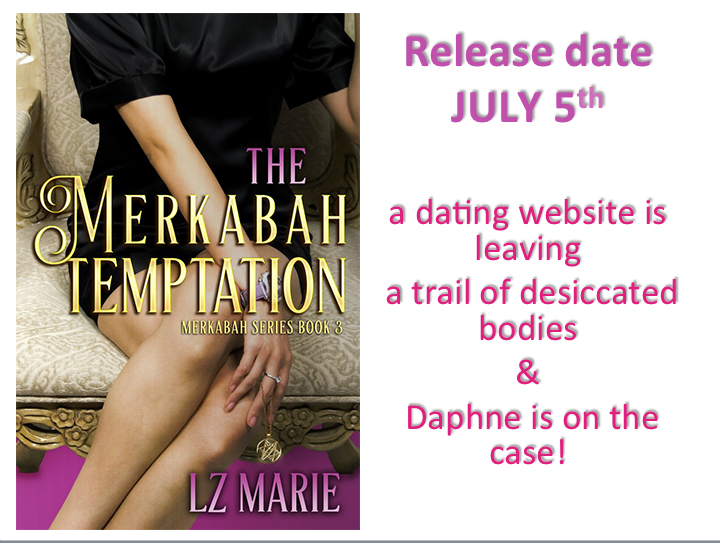 Writer’s BLOCK. It’s a phrase striking angst and fear into the hearts of writers. The inability to write—anything. The writer stymied, unable to move the plot along.
Writer’s BLOCK. It’s a phrase striking angst and fear into the hearts of writers. The inability to write—anything. The writer stymied, unable to move the plot along.
BAH! Don’t allow that evil phrase to coil around your soul like a serpent.
Call it a writing pause if you must—pause is such a pleasant-sounding and friendly word—but DO NOT give in! Do not cease writing. There are PLENTY of tasks to be done.
Friends often ask if I experience writer’s block. My response? I don’t have the luxury. My hours after the day job and during the weekends are precious. Staring at a computer screen with a blinking cursor and nothing to write? No thank you.
Here’s a few ideas should you come to a place where you are pausing to consider the plethora of plot and character options.
1. Revise and edit earlier chapters. Be vigilant. Often new ideas will come.
2. Write a blog or 2 or 3. I post a new blog every Monday. Should I find my work week having drained me of all creativity I write the next few weeks’ blogs.
3. Write tweets for future use. Then when you ARE back in the writing saddle those tweets are ready to go.
4. Find and read information about a topic in your story. The internet has information about everything. There must be some subject or object or place or history or event in your story you can learn more about. Research inspires ideas. It really really does. This, more than anything else, generates tons of ideas.
5. Revisit your original research notes for inspiration, plot twists, detail, etc.
6. Google photos of something you’ve written about. Is there a detail that might advance the plot, add detail, and/or be be used symbolically?
7. Create a pinterest board for your work-in-progress. Pictures are worth a 1000 words, right? Here’s mine: ![]() It has boards for all my novels plus my WIP.
It has boards for all my novels plus my WIP.
8. Write engaging captions under the pinterest pins.
9. Revisit your outline. Add to it. Flesh it out. What? You don’t have one? Might that be the source of your writing pause? Knowing where your novel is going helps alleviate the “what next” conundrum.
10. Do NOT commiserate with others experiencing the same thing. Misery loves company—not helpful. Talk to a writer who is on fire! Read their blogs! Let their sparks ignite your own.
11. Take a walk. Walk the dog. Clean the fridge. Perform a mindless task but think about the plot, characters, next chapter, climax, and ending while you’re doing it. Something is sure to emerge. ( I imagine an entire chapter in my head before writing it.)
12. Write a synopsis for the novel.
13. Craft a query.
14. Write a one-line pitch.
15. Write a riveting back cover hook.
16. Re-write the bio on your Amazon author page or website.
17. Re-write one of your first blogs. Add to it—give it new zing! Notice how much better you write now? Give yourself a pat on the back.
18. Re-tag your blog posts. Use better key words.
19. Re-write your twitter bio. You only have so many spaces, make them count.
20. Write a poem or journal entry in the voice of one of your characters.
21. Read one of Shakespeare’s plays. The Bard was brilliant, his characters legendary, his understanding of humans’ proclivities profound. Ideas are sure to follow.
22. Take a drive. The Driving Muse loves to visit then!
23. Identify the reason for the temporary pause. Are you tired, angry, frustrated, grieving? An emotion that overwhelms your creativity isn’t a “block.” Use the emotion to writerly advantage. Note how your body feels during times of intense emotion. Embrace it! You will need to call upon that emotion when you write about a character experiencing the same one. Is the plot line frustrating? Identify why. Is it a plot flaw or a matter of getting from scene A to scene C with a connecting scene B that makes sense? That’s not a block that’s intelligent plotting.
Did you notice that most of these solutions require writing and/or reading? You don’t have writers block if you are writing. And reading, my friends, is research, an important part of the writing life.
May the Muse be ever with you.
Related posts: Readin’ & Writin’














